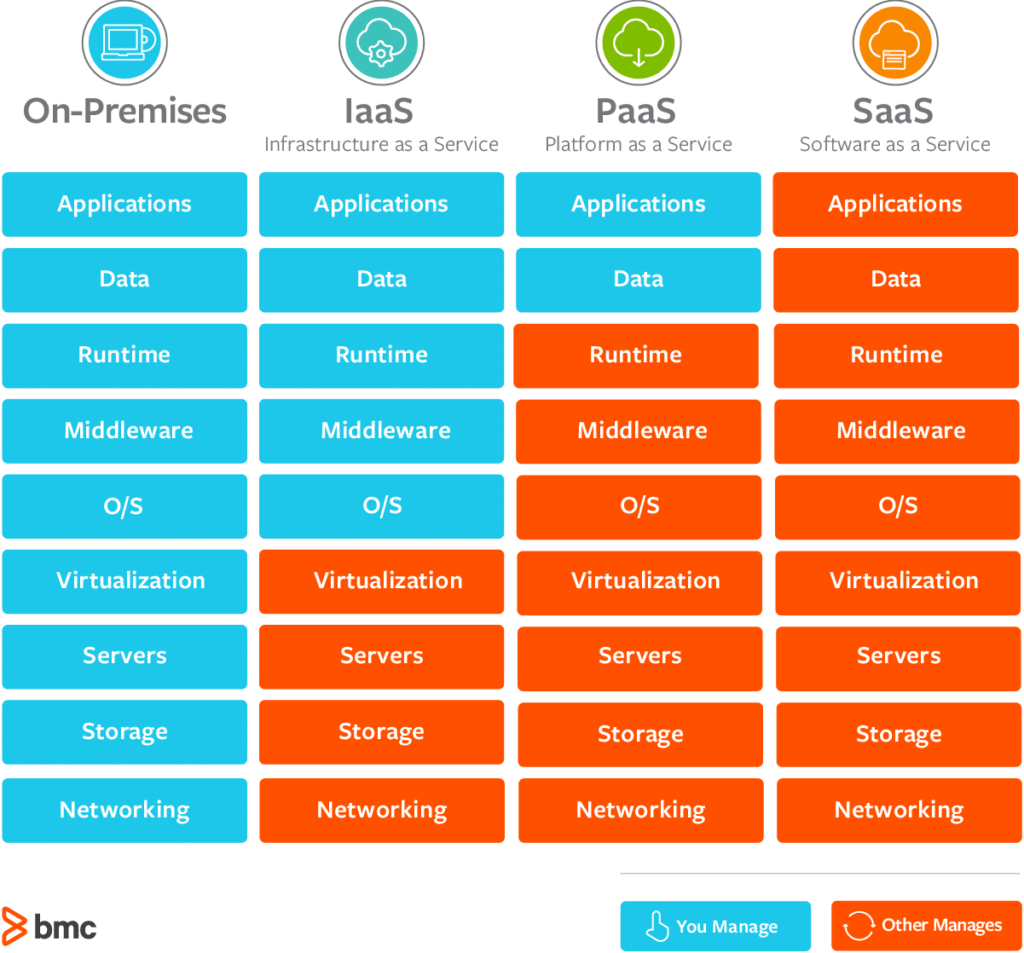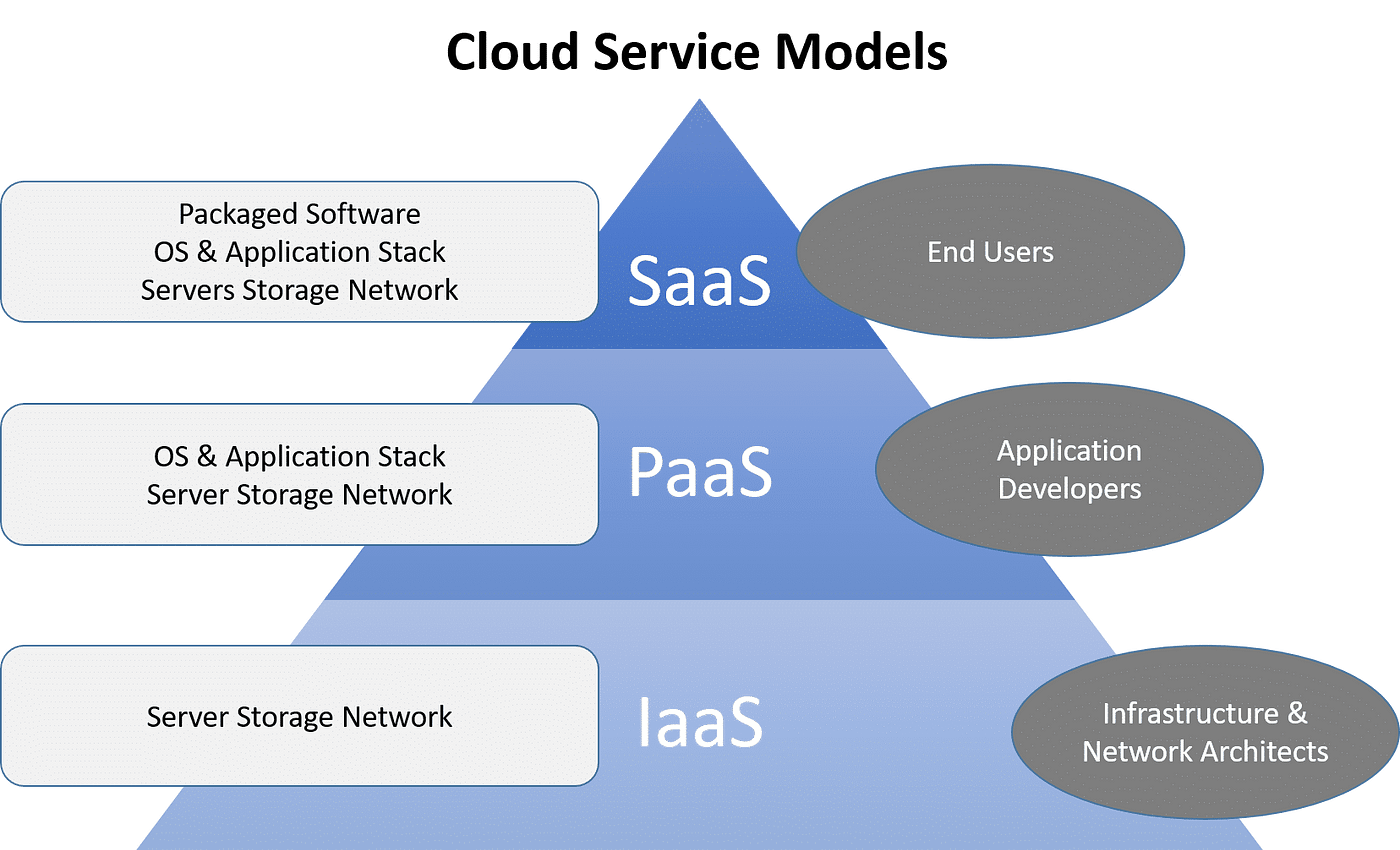Transform Your IT Facilities With Cloud Provider
In today's fast-paced organization landscape, the duty of IT infrastructure can not be ignored. Embracing cloud services provides companies a myriad of benefits, from raised flexibility to boosted cooperation. Nevertheless, the trip to transforming your IT framework is not without its obstacles. As innovation proceeds to develop, staying ahead of the curve and making notified decisions regarding cloud solutions is paramount. The vital hinge on understanding how cloud services can reshape your organization's IT landscape and drive development.
Benefits of Cloud Solutions
Leveraging cloud services uses organizations a scalable and affordable service for handling their IT infrastructure. Among the crucial advantages of cloud services is the versatility they give. Organizations can quickly scale their resources up or down based on their existing needs, permitting for effective resource allowance. This scalability additionally allows organizations to rapidly adjust to changing market problems without the demand for significant upfront financial investments in hardware or framework.

In addition, cloud services advertise partnership and remote work by giving workers with access to information and applications from anywhere with a net link. This accessibility enhances efficiency and enables smooth partnership amongst group members, no matter their physical place. Generally, the benefits of cloud services are huge, making them an appealing choice for companies wanting to modernize their IT facilities.

Movement Techniques
To effectively transition to shadow solutions, companies should meticulously carry out and prepare migration approaches that line up with their organization purposes and IT needs. The primary step in this procedure is to perform a thorough evaluation of the existing IT framework to recognize which applications and data can be migrated to the cloud. Organizations must focus on work based upon factors such as security demands, efficiency demands, and conformity laws.
Once the evaluation is full, companies can choose the most suitable migration technique. This can include rehosting, refactoring, rearchitecting, or restoring applications for the cloud environment. It's important to think about factors like complexity, time, and expense restraints when picking the movement approach.
Additionally, organizations must develop a detailed movement plan that lays out the timeline, sources, and duties for each and every step of the movement process - Cloud Services. Regular screening and surveillance are vital to make sure a smooth shift and decrease disruptions to organization procedures. By adhering to these movement methods, organizations can unlock the full capacity of cloud services and drive technology within their IT infrastructure
Safety Considerations
Making certain durable safety and security actions is extremely important when integrating cloud solutions right into a company's IT infrastructure. The shift to the cloud brings special safety and security factors to consider that have to be resolved to protect sensitive data and preserve functional stability.
Additionally, carrying out solid access controls is critical. This entails defining user approvals, verification methods, and keeping an eye on accessibility to stop unauthorized people from obtaining access to delicate resources. Regular safety and security audits and evaluations are essential to determine susceptabilities and make sure compliance with market policies.
In addition, organizations ought to have a durable case reaction strategy in place to promptly attend to safety and security breaches or information compromises. This strategy ought to detail actions to include the event, reduce click here now damages, and recover regular operations efficiently. By focusing on safety and security factors to consider and carrying out aggressive actions, organizations can with confidence leverage cloud services while protecting their electronic assets.
Cost-Saving Tips
When improving IT framework with cloud solutions, companies can optimize their spending plan with calculated cost-saving tips. One effective method to conserve expenses is by leveraging the pay-as-you-go version offered by many cloud provider - universal cloud Service. This technique permits organizations to pay just for the sources they use, eliminating the need to purchase costly hardware or software upfront. Additionally, services can conserve on operational costs by decreasing the requirement for on-site maintenance and support personnel, as lots of cloud solutions supply automated updates and assistance.
An additional cost-saving idea is to very carefully keep an eye on and change cloud use to prevent unnecessary expenses. By routinely evaluating use information and scaling resources up or down based on need, organizations can guarantee they are not spending too much on extra capacity. In addition, thinking about hybrid or multi-cloud cloud solutions can additionally cause set you back financial savings by allowing companies to choose one of the most affordable solutions for each and every work.
Future Patterns
The development of cloud services is shaping the future landscape of IT framework. As we look in advance, a number of vital trends are poised to influence how companies take advantage of cloud services to enhance their IT procedures. One substantial pattern is the enhancing fostering of multi-cloud methods. Organizations are identifying the benefits of dispersing workloads throughout numerous cloud providers to optimize efficiency, enhance resilience, and mitigate risks connected with supplier lock-in.
An additional noticeable trend is the rise of side computing in conjunction with cloud services. Side computing brings processing closer to the information source, reducing latency and my link enabling real-time information evaluation. This trend is especially essential in markets such as IoT, independent vehicles, and health care, where immediate decision-making is essential.
Furthermore, the combination of man-made intelligence (AI) and artificial intelligence (ML) capabilities into cloud solutions is readied to redefine exactly how organizations remove insights from their data. AI-driven automation, anticipating analytics, and individualized client experiences are just a few of the ways AI and ML are changing cloud services.
Conclusion
In final thought, cloud services use numerous benefits for companies looking to More about the author transform their IT facilities. Embracing cloud solutions can lead to a much more agile and competitive organization landscape, enabling for higher adaptability to changing market problems and improved cooperation amongst teams.

Making certain robust safety and security actions is extremely important when incorporating cloud services into a company's IT infrastructure.In conclusion, cloud services supply many advantages for companies looking to transform their IT infrastructure.